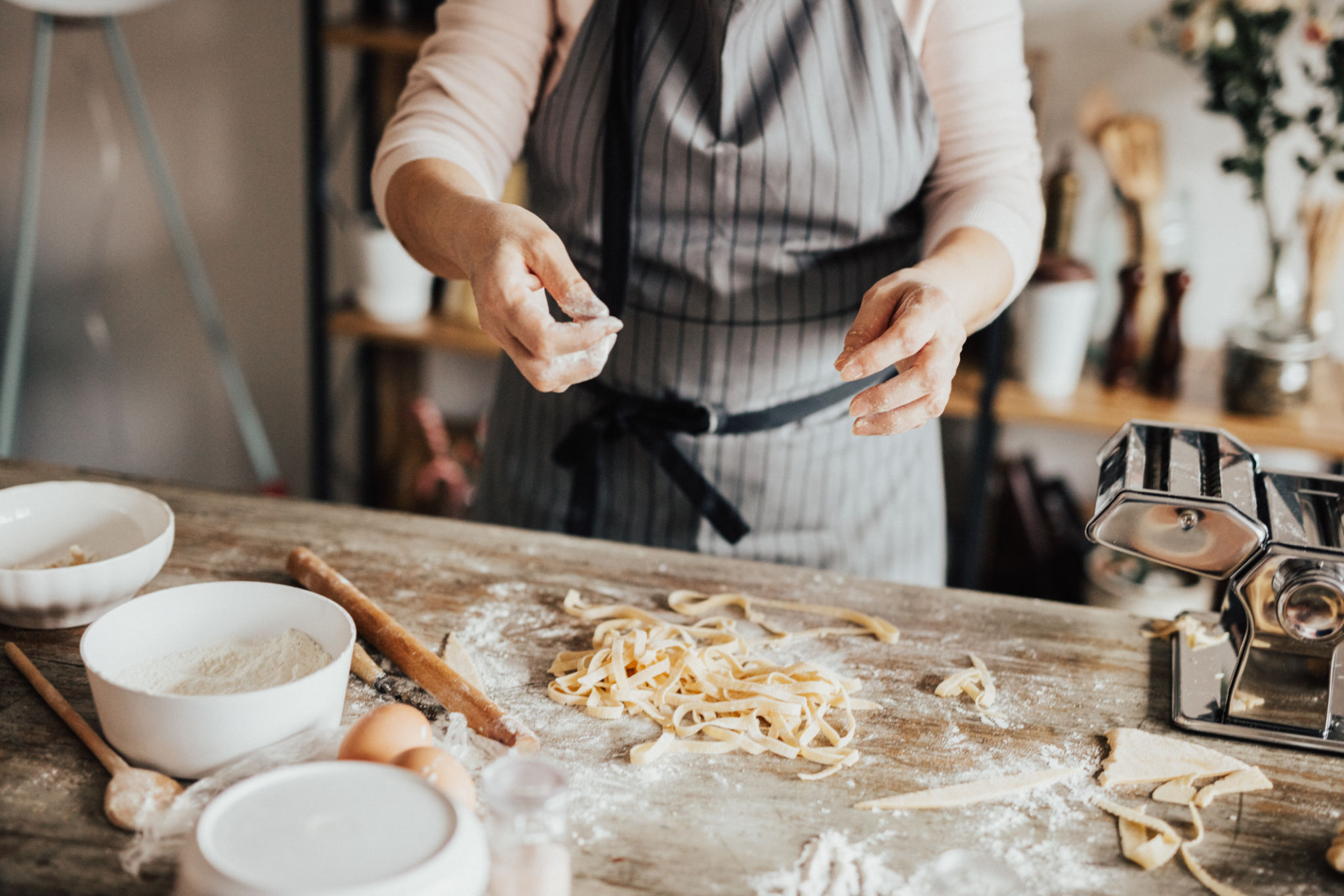Mastering the Art of Homemade Pasta: A Complete Guide
Introduction to Homemade Pasta
There's something truly magical about crafting your own pasta from scratch. The taste, texture, and satisfaction of creating a meal with your hands are unparalleled. Whether you're a culinary novice or an experienced home cook, mastering homemade pasta is a rewarding kitchen skill.

Gathering Your Ingredients
Before you dive into the pasta-making process, it's essential to gather the right ingredients. The basic components are simple: flour, eggs, and a pinch of salt. Some recipes might call for semolina flour or olive oil, but at its core, pasta requires minimal ingredients to achieve delicious results.
Choosing the Right Flour
Flour choice is crucial in achieving the desired pasta texture. While all-purpose flour works well, many chefs prefer using "00" flour for its fine texture, which results in a smoother dough. Experimenting with different flours allows you to find the perfect balance for your homemade pasta.
Crafting the Dough
Creating the perfect pasta dough is an art that involves mixing and kneading. Start by forming a well in the center of your flour on a clean surface, then crack the eggs into the center. Gradually incorporate the flour into the eggs using a fork until a cohesive dough forms.

Kneading Techniques
Kneading is key to developing gluten, which gives pasta its structure. Spend about 10 minutes kneading until the dough is smooth and elastic. If it feels too sticky, sprinkle in a bit more flour. Conversely, if it's too dry, add a touch of water. The right consistency will result in perfectly textured pasta.
Rolling and Cutting
Once your dough has rested for about 30 minutes, it's time to roll it out. A pasta machine ensures uniform thickness, but a rolling pin works just as well. Roll the dough to your desired thickness and cut it into your preferred shape, whether it's ribbons of fettuccine or sheets for lasagna.

Shaping Your Pasta
The variety of pasta shapes is endless, from simple strands to intricate designs. Experiment with different cutters or shapes to add variety to your dishes. Keep in mind that thicker pasta shapes need longer cooking times compared to thinner ones.
Cooking and Storing Your Pasta
Cooking homemade pasta is quick, usually taking just 2-4 minutes in boiling salted water. Fresh pasta cooks much faster than dried varieties, so keep a close eye on it to avoid overcooking. Once cooked, toss it with your favorite sauce immediately for optimum flavor absorption.
Storing Tips
If you have leftover dough or want to prepare pasta ahead of time, you can store it in the fridge for up to two days or freeze it for longer preservation. Dust the pasta with flour before storing to prevent sticking.

The Joy of Serving Homemade Pasta
Serving homemade pasta is not just about enjoying a meal; it's about sharing an experience and a piece of Italian tradition with your loved ones. Pair it with simple sauces like aglio e olio or a hearty Bolognese to let the quality of your pasta shine through.
With practice and passion, mastering homemade pasta can become a cherished tradition in your kitchen. Enjoy the process, experiment with flavors and shapes, and most importantly, savor every bite!